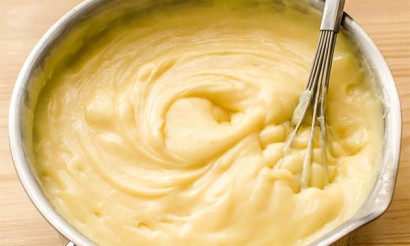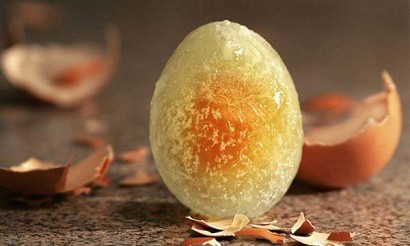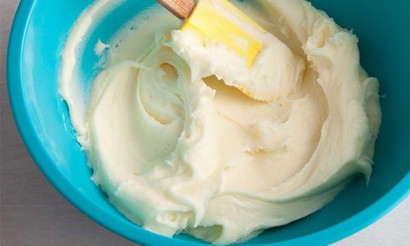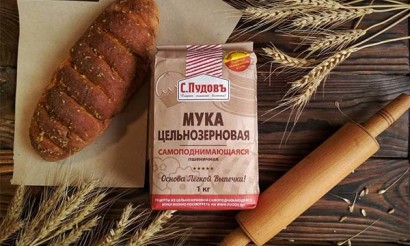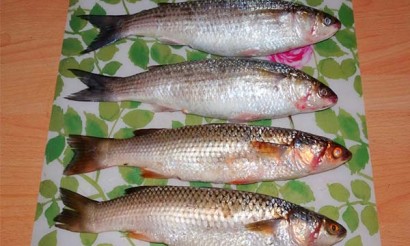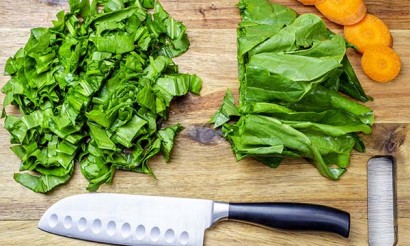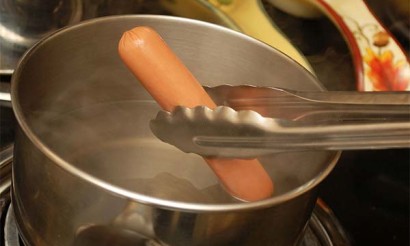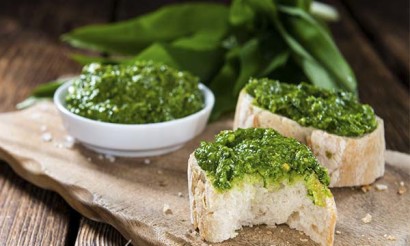What's the difference between curry and turmeric
For centuries, the world of oriental spices remained a mystery to Europeans. In Slavic cuisine, Indian spices generally appeared relatively recently. For this reason, many, even experienced housewives often confuse them. There are especially many misconceptions about the two most popular spices: curry and turmeric. People unfamiliar with Oriental cuisine believe that they are one and the same spice. But this is a misconception, which we will try to refute with a detailed description of the characteristics of each product.
- What is turmeric
- Product description
- Composition
- Uses
- What is curry
- Formulation of the product
- Where to use it
- Curry and turmeric: what's the difference
- Can one be substituted for the other?
- Which is healthier: curry or turmeric?
- Where to use the spice
- Cooking Uses
- Traditional Medicine
- Cosmetology
- Curry Usage Features
What is Curcuma
A spice with a bright orange hue and no less strong aroma, it is often referred to as golden powder. Today, almost every home kitchen has a bag of turmeric, a spice that is considered versatile. But before it hits the shelves in stores, the spice undergoes a whole cycle of transformation.
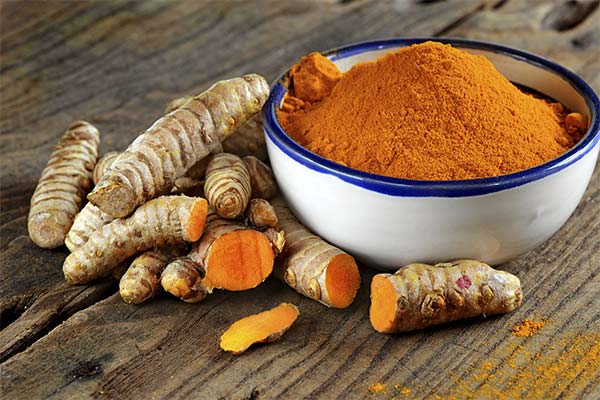
Product Description
This wonderful powder is obtained from the root part of the eponymous perennial, which grows in Asia and in some other regions of the world where there is a subtropical climate. Turmeric roots look like ginger root, which is no coincidence because both crops belong to the Ginger family.
The main supplier of the spicy product to the world market is India. Therefore, turmeric plays a leading role in the national cuisine of this country. Residents of India add the spice in almost all dishes. But getting the spice is a very labor-intensive process. The roots are first harvested by hand, then sorted, cleaned and washed, and dried in natural conditions. Only after this multi-step process, the dried roots are ground into a fine powder.
From this description, it is not difficult to understand that turmeric is a monospice.
Composition
The spice's chemical formula includes several dozen individual elements and complex organic compounds. Therefore, it is possible to distinguish several main groups that form the basis of spice:
- Vitamins. Curcuma is rich in vitamin content. The product contains almost entirely of the vitamin group B, there is ascorbic and nicotinic acid, as well as very important for health vitamin E or tocopherol, as it is called in medicine this element.
- Mineral elements. Golden spice contains large amounts of minerals: zinc, manganese, iron, phosphorus, selenium, calcium and a number of other elements from the Mendeleev Table, which our body needs daily.
- Saturated fatty acids. The role of substances of this group is difficult to overestimate. Their level determines the state of skin, nails and hair. They ensure normal human performance, regulate metabolic and digestive processes.
In addition to the substances listed above, turmeric contains:
- fiber;
- essential oils;
- monosaccharides;
- plant proteins;
- carbohydrates.
The main active component of the composition is the substance curcumin. It is a natural antioxidant that promotes normal digestion. Curcumin improves the metabolism, which helps in weight loss, as well as improving the overall health of the person.
Applications
Curcuma is in demand not only in cooking. It is part of many medicines and cosmetics. In the food industry, the spice is used as a natural dye. Even small portions of the spicy product have a positive effect on the work of all organs and systems.
But because of its high biological activity, turmeric can react quickly with certain kinds of medicines. For this reason, you can use turmeric, especially for people with chronic pathologies, only with the permission of your doctor. Otherwise, the spicy additive to dishes can provoke a worsening of diseases.
What is Curry
Curry is a spicy mixture of several spices. You can buy such a product in any store. But the composition of curry is not constant, each manufacturer uses a different formula. For example, in India, the composition of the mixture varies from region to region. Many housewives make their own curry, choosing the spices they like best. By the way, our home cooks have also begun to actively adopt the practice of Indian housewives, especially since you can buy the necessary ingredients today both in the store and on the market. After that, all that remains is to take the necessary amount of each spice and mix it.
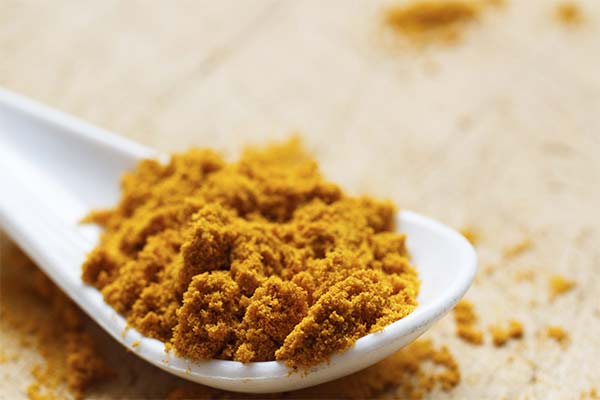
Formulation of the composition
Most often the composition of curry includes the following ingredients:
- turmeric;
- ginger;
- cloves;
- Peppers (red and black);
- cumin;
- cardamom;
- paprika;
- cinnamon;
- fenugreek;
- coriander;
- nutmeg;
- cumin;
- fennel;
- mustard.
There may be other variations of the spice mixture. Sometimes there are only 5-7 components in the curry, but there are compositions that consist of more than two dozen spices. This means that there is no universal variant in nature. But depending on the amount and varieties of peppers that are present in the spice mixture, curry can be subtle and spicy. But there is one peculiarity of this popular product - it always contains turmeric. This is the base ingredient, because only turmeric has all the best characteristics that a mono-spice can have.
Applications
Curry spice blend is only used in cooking. Thanks to its rich aroma, it favorably emphasizes the taste of meat dishes, curry is added to rice and other side dishes. It goes well with vegetables. Of course, it is ideal to use just cooked mixture, but when there is no time to experiment, ready-made spice is perfect for substitution.
Tip: When choosing curry in the store, it is necessary to study the composition and information about the manufacturer of the spice. In a quality product should not contain additives such as starch, salt and flavor enhancers. To ensure that the spice did not lose its flavor, store it in a glass hermetic container.
This is interesting: In Indian cuisine, there is a dish that is also called "curry". It is a thick sauce with a pronounced aroma and medium spicy taste. In appearance, it looks more like goulash.
Curry and turmeric: what's the difference
After a brief introduction of the two Indian spices, it is not difficult to understand that they are completely different products, although they have a lot in common. Therefore, before listing the distinguishing characteristics, let us first highlight in which parameters curry and turmeric are the same.
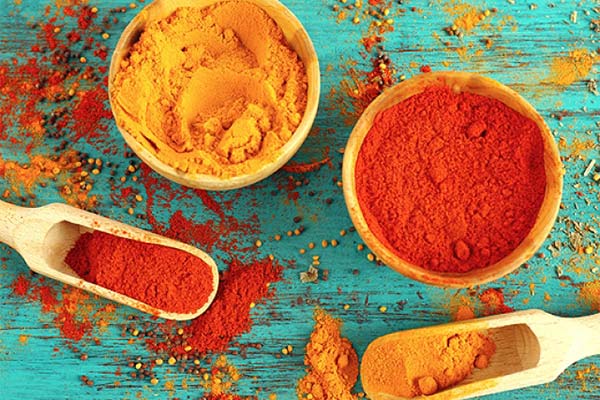
What are the similarities:
- Consistency: both spices are a powdery, homogeneous mass.
- Color: both turmeric and curry have a yellowish or orange hue.
- Native: Both spices come from India.
- Aroma: The smell of the spices is also identical, although there is a significant difference in shades.
The health benefits of both spices are due to the content of curcumin, a natural antioxidant. Thanks to this component, spicy products when consumed show the following beneficial properties:
- accelerate the metabolism;
- increase appetite;
- Inhibit the aging process at the cellular level;
- neutralize the effect of free radicals;
- improve overall health.
It is also worth noting that curry, like turmeric, contains alpha-tocopherol, a substance that regulates almost all biochemical processes in the body.
How are the spices different
After clarifying the similarities, we can begin to list the differences, the main of which is the composition. While turmeric is an independent product, curry consists of several spices. There are distinguishing features in other respects as well:
- Appearance. Despite the same texture and the same hue, curry's coloring is slightly darker than that of turmeric, not as intense.
- Flavor. Turmeric has a pungent aroma with a distinctly woody accent. Curry has a milder, well-balanced flavor, which has a refreshing undertone.
- Taste. Turmeric is inferior to its competitor by this parameter, that is why its inexpressive and even a little unpleasant taste loses out to the refreshing taste of the curry blend with a pronounced spicy pepper flavor. It is true that the taste of the spice mixture depends a lot on the composition, while the taste of turmeric is constant.
- Scope of use. If curry is used only in cooking, then turmeric is a universal product. The spice is widely used in traditional medicine and pharmaceutical industry, with its participation cosmetics are prepared. Turmeric is especially popular in home cosmetology. There are many recipes for rejuvenating facial masks and hair strengthening.
- Contraindications. Since curry is a complex mixture of spices, there are many more contraindications to its use than turmeric. Monospice, on the contrary, is often recommended for weakened patients to restore strength and strengthen the immune system.
Chemical Composition
Whereas curry's composition is not fixed and can vary depending on culinary needs, turmeric has a constant composition. Therefore, the two spices differ in the level of content of the following substances:
- Iron in turmeric is 4 times higher than in curry mix.
- In terms of manganese content, turmeric also leads the way, because it has 3.5 times more of this element than its competitor.
- Vitamin E. And in this indicator, curry is beyond competition, as it contains 4 times more tocopherol than turmeric. This phenomenon is explained by the fact that curry is essentially a mixture of spices, and each spice contains this important vitamin, which is responsible for blood clotting and the synthesis of sex hormones.
Note: Although turmeric is a necessary part of any curry variant, this spice has virtually no effect on the taste of the mixture. Other components form the flavor characteristics: peppers, ginger, cloves. For example, fenugreek (10%) - will enhance the sweetish-spicy taste, and red cayenne pepper - will add a pungency.
Can one spice be substituted for the other?
The question of replacing spices very often arises already in the process of cooking a dish. As a rule, the hostess suddenly notices that the spice specified in the recipe is not on hand, and there is no time to run to the store. Such a situation requires an immediate solution. As for the spices discussed here, it is quite possible to find alternatives in terms of substitutions.
Since turmeric is a component of curry, it can be used in a monoversion in poultry and rice dishes. It is also great in a solo version for vegetable dishes and sauces.
Although turmeric does not have as rich an aromatic bouquet as curry, it will give the dish a nice golden hue.
In addition, in your home kitchen you can make your own spice combinations from the spices in your arsenal. By combining them, it is easy to get a mixture with the desired flavor and aroma characteristics.
To create a unique composition you can take, in addition to turmeric:
- allspice;
- mustard;
- ginger;
- cloves;
- cinnamon.
To obtain a homogeneous powdered mass, it is enough to grind all the ingredients in a coffee grinder.
As for the reverse substitution, that is, the possibilities of using curry instead of turmeric, there are far fewer options in this direction, or rather, there are almost none (especially when it comes to replacing the component for the preparation of a medicine or cosmetic product). Since curry is only used in cooking, it can sometimes replace turmeric during cooking if the spice mixture is not too spicy.
Which is healthier: curry or turmeric
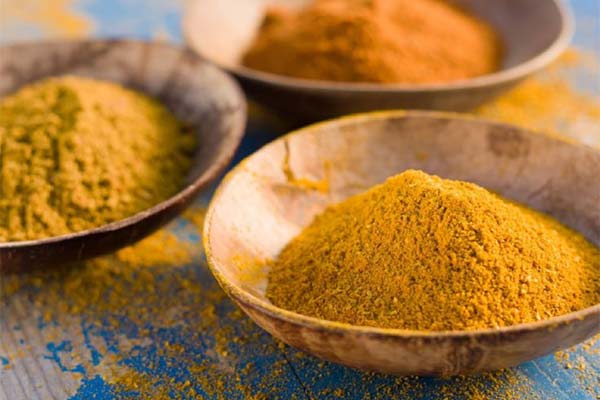
It is known that spices not only decorate the taste and appearance of dishes, but they can also influence the processes that occur every second in our bodies. Curcuma and curry are no exception. Both spices have a whole arsenal of health benefits, are powerful antioxidants and stimulate digestion. Both spices speed up the burning of fat, which helps to lose weight productively. Since turmeric is almost the main curry base, many of the beneficial effects are due to it. Curcuma has the following therapeutic effects:
- Increases the strength of vascular walls;
- normalizes cardiac activity;
- speeds up blood flow;
- reduces the risk of cancer;
- improves metabolism;
- stimulates the production of digestive juices;
- Improves bile flow;
- eliminates constipation and bloating;
- Prevents excessive gas formation;
- eliminates signs of inflammation;
- Increases sexual activity;
- Has a powerful antibacterial effect;
- stimulates bone regeneration after fractures;
- stabilizes blood glucose levels;
- reduces the intensity of pain in the joints;
- supports normal hematopoiesis.
Regular use of turmeric reduces the level of harmful cholesterol, so this product is a good prophylactic against atherosclerosis. The medicinal properties of turmeric have been proven by researchers in many countries. That is why the spice is included in the composition of many pharmacy preparations.
Curry, unlike its competitor, does not have such wide possibilities. In addition, the spice mixture is considered a strong anticoagulant. Therefore, it should not be used by people who take blood thinners for therapeutic purposes.
Curry mixture is also contraindicated in the presence of the following pathologies:
- peptic ulcer disease;
- chronic diarrhea;
- gastritis;
- cholelithiasis;
- pancreatitis;
- chronic diarrhea;
- Individual intolerance.
Curcuma and curry should not be used during pregnancy and lactation. Both spices are also not suitable for children's diets.
As you can see, it is impossible to answer unequivocally the question of which spice is healthier. The parameters for determining this criterion are too different for these two spices. Much depends on the taste preferences of the individual as well as the purpose for which one of the two spices is needed. But it is not difficult to understand that either spice will be useful only if used in moderation.
Where spices are used
As already noted, the difference between the spices is also that turmeric is considered a universal spice, while curry is used exclusively for cooking. Let us dwell in more detail on the peculiarities of the use of each spice.
Culinary applications
Every experienced hostess is sure to keep a bag of turmeric in her kitchen. This versatile spice goes well with almost all products from the daily shopping basket. You can flavor the following foods with turmeric:
- soups and broths;
- stews and salads;
- Meat dishes and fish;
- Beverages and desserts.
Add turmeric to baking dough, which gives it a beautiful golden hue. The process of home preserving is also not without spice.
Traditional Medicine Applications
Even in ancient times, turmeric was widely used as a medicine. Its antibacterial and antioxidant properties helped treat inflammatory diseases and digestive disorders. Today, the popular spice is also actively used by folk healers. There are many proven recipes that even professional medics recommend to their patients for colds, some pathologies of the heart and genitourinary system.
The ability to burn fat allows you to include turmeric in dietary diets for weight loss. As a preventive tool, turmeric has proven its ability to prevent the development of cancer and Alzheimer's disease. Folk recipes in combination with the main complex of treatment always give a positive result of therapy.
Important: Any kind of home treatment using turmeric should always be coordinated with your doctor.
In pharmacology, the Indian spice has also found a use. It is included in cough remedies and for the treatment of liver diseases.
Cosmetology
In cosmetology, turmeric has been used for centuries. True, in the past, women prepared care and beauty products themselves, today these duties are performed by a whole industry. The spice is included in shampoos, rejuvenating creams, daily care products. It is included in special preparations for the treatment of acne and pimples. Curcuma is great to cope with the manifestations of cellulite, if you do wraps.
In the perfume industry, turmeric is used to enhance the fragrance of perfumes and essential oils.
As a natural coloring agent, the spice is used in the food industry. For example, a pleasant shade of chips and cheeses is achieved through its use. In India, they still dye fabrics with turmeric powder.
Peculiarities of curry use
Since curry has no medicinal properties, its use is limited to the culinary field. However, in this area, the spice mixture is able to maximize its unique abilities, because it can be added to almost any dish. The complex spice goes well with meat and rice, it can be added to desserts and yogurts, soft drinks and marinades. This spice also has no conflict with seafood, which is why it is present in many Thai dishes. In Indian cuisine curry is considered the main spice, and in this country there are so many varieties of composition that the tourist uninitiated in gastronomic nuances can be simply confused by such spicy abundance.
Conclusion
A detailed review of the two most popular Indian spices showed that turmeric and curry are good for health. Each of them has its own unique composition and specifics of application. But the differences between the two spices do not detract from their merits; on the contrary, they expand the boundaries of possibilities for consumers. After all, everyone, depending on the situation, can choose the right spice, taking into account personal preferences.
«Important: All information on the site is provided solely for introductory purposes. Before you use any recommendations, please consult with a specialized health care professional before using any of the recommendations. Neither the editors nor the authors shall be liable for any possible harm caused by materials."

